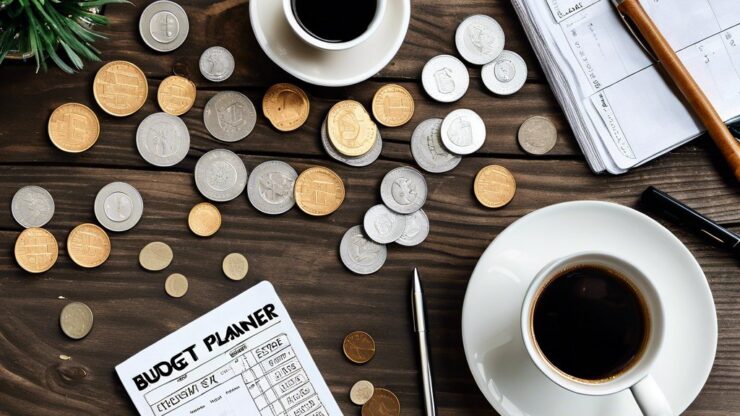Identify Your Spending Patterns
Understanding where your money goes is the first step in saving. By tracking your expenses for a month, you can pinpoint unnecessary expenditures that can be trimmed or eliminated. This method not only provides clarity but also empowers you to make informed decisions about where to cut back.
Essential vs. Non-Essential Spending
Once you have a clear picture of your spending habits, categorize your expenses into essential and non-essential. Essential expenses include necessities like housing, food, and utilities, while non-essential expenses cover things like dining out, subscriptions, and impulse purchases. Recognizing these categories allows you to focus your efforts on reducing non-essential spending.
Here’s a breakdown of common expenses:
- Essential Expenses: Rent/Mortgage, Utilities, Groceries, Transportation
- Non-Essential Expenses: Dining Out, Entertainment, Subscriptions, Luxury Items
Implementing Smart Savings Strategies
Now that you’ve identified your spending patterns, it’s time to implement strategies that can help you save. Simple changes in your daily routine can lead to significant savings over time. Consider utilizing coupons, shopping sales, and planning meals ahead of time to minimize grocery costs. Additionally, setting up an automatic savings plan can help you prioritize saving before spending.
By being proactive and mindful of your finances, you can successfully navigate a tight budget while still enjoying life’s little pleasures.
Disclaimer
This article has been created or edited with the support of artificial intelligence and is for informational purposes only. The information provided should not be considered investment advice. Please seek the support of a professional advisor before making any investment decisions.






